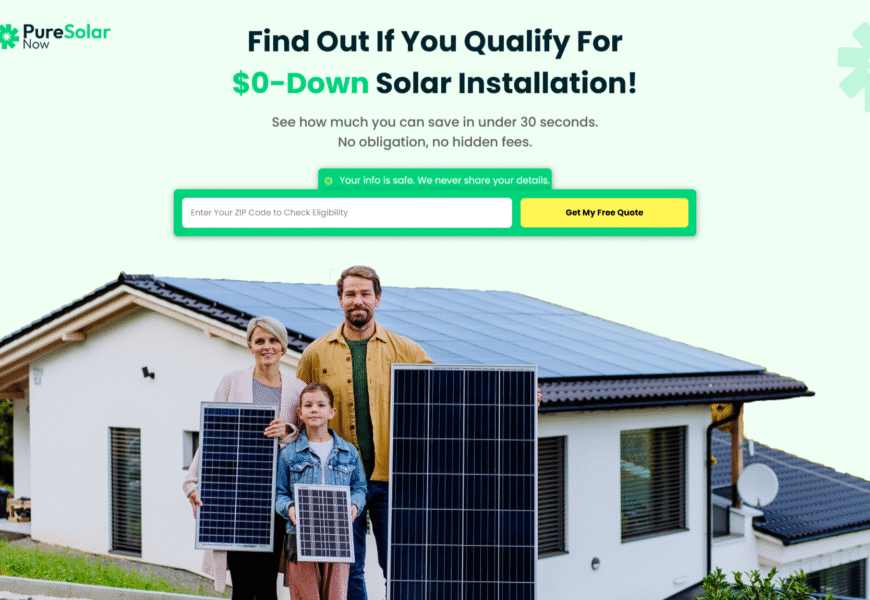Installing a solar panel system involves several critical steps, from choosing the right components to understanding the installation process. Here’s a professional guide to what you need for a successful solar panel installation:
1. Solar Panels
Solar panels are the primary component of a solar energy system. They consist of photovoltaic (PV) cells that convert sunlight into electricity. When selecting solar panels, consider the following:
- Efficiency: The higher the efficiency, the more power the panel can produce from a given amount of sunlight.
- Wattage: The wattage of the panel will determine how much energy it generates.
- Durability: Panels should come with a warranty of at least 20-25 years to ensure longevity.
2. Inverter
The inverter is responsible for converting the direct current (DC) electricity generated by the solar panels into alternating current (AC) electricity, which is what powers most appliances in your home.
- String Inverter: Common and cost-effective but may be less efficient if some panels are shaded.
- Microinverters: Attached to each panel individually, they can optimize power production and are ideal for rooftops with shading issues.
- Hybrid Inverters: For systems with battery storage, hybrid inverters manage both solar power generation and battery storage.
3. Mounting System
A reliable mounting system ensures your solar panels are securely installed on your roof or ground. This system should be able to withstand weather conditions such as wind, snow, and rain.
- Roof Mounting: For most residential applications, roof-mounted systems are the most common.
- Ground Mounting: Ideal for properties with large land areas, these mounts are placed on the ground rather than the roof.
4. Battery Storage (Optional)
Solar panel systems typically generate electricity during the day, but your home may require power at night. A battery storage system allows you to store excess energy for later use.
- Lithium-Ion Batteries: Popular for residential use due to their efficiency and compact size.
- Lead-Acid Batteries: A more affordable option but less efficient and have a shorter lifespan.
5. Wiring and Electrical Components
The electrical components required for installation include cables, connectors, junction boxes, circuit breakers, and other components to ensure safe and efficient energy transfer.
- Cabling: Solar panel cables should be UV-resistant and rated for outdoor use.
- Combiner Box: Used to connect multiple strings of panels and improve safety by housing fuses and circuit breakers.
6. Electrical Meter
An electric meter allows you to measure the electricity produced by your solar system, and in some regions, it is connected to the grid for net metering purposes, enabling you to sell excess power back to the grid.
7. Shading Analysis Tools
Before installation, it’s crucial to conduct a shading analysis to ensure your panels receive maximum sunlight exposure. Tools like solar pathfinders or smartphone apps can help assess shading patterns and determine the best placement for the panels.
8. Professional Installation Team
While DIY solar installation is an option for some, it’s generally recommended to hire professional installers. They bring expertise in assessing your property, obtaining necessary permits, and following local regulations. Certified installers also ensure your system meets electrical codes and safety standards.
9. Permits and Documentation
Depending on where you live, you may need various permits before installing your solar system. These can include:
- Building Permits: For structural changes such as roof mounting.
- Electrical Permits: To ensure the system meets local electrical codes.
- Interconnection Agreements: If you are connecting to the grid, you’ll need approval from your utility company.
10. Maintenance Tools and Guidelines
After installation, regular maintenance is required to keep the system functioning optimally. This includes cleaning the panels and checking for wear and tear on components.
- Panel Cleaning: Dust, dirt, and debris can reduce the efficiency of the panels, so periodic cleaning with non-abrasive materials is essential.
- Monitoring Software: Many solar systems come with monitoring software that allows you to track performance and identify potential issues remotely.
Conclusion
The process of installing a solar panel system involves careful planning and the right equipment. From high-quality solar panels and inverters to professional installation and monitoring, every step plays a crucial role in ensuring the system operates efficiently. By choosing the right components and working with experienced installers, you can enjoy the benefits of clean, renewable energy for years to come.












